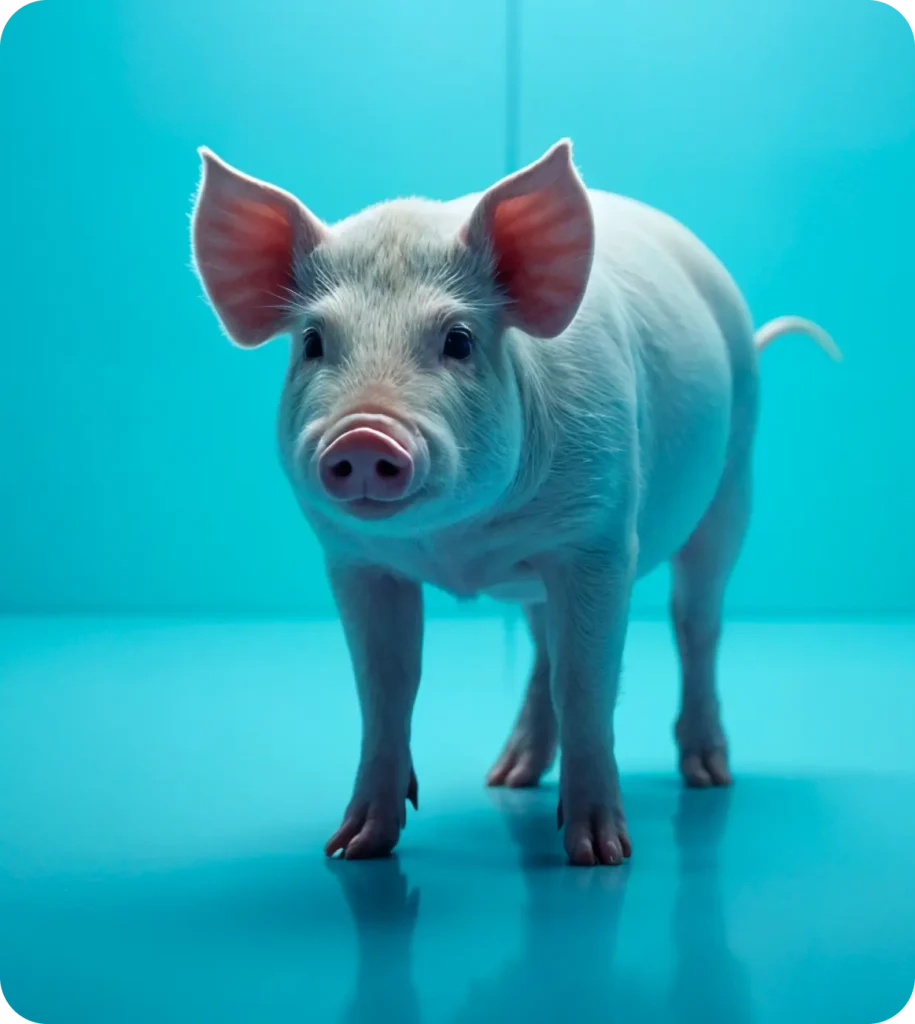At Prana XT, we’re using a cutting-edge process called Somatic Cell Nuclear Transfer (SCNT) to clone genetically modified porcines designed for organ transplantation.


Here’s how it works:


Our gene-edited porcine cells undergo modifications to incorporate human genes and remove species-specific proteins that might trigger immune rejection.


The nucleus of an egg cell is replaced with the nucleus from a genetically modified porcine cell, creating an embryo that carries the desired genetic changes.


The embryo is implanted into a female sow, leading to the birth of an animal with the necessary genetic modifications. These animals are raised in sterile, highly monitored facilities to eliminate the risk of infections.


Once matured, these porcines provide transplantable kidneys, hearts, and other tissues that can save human lives.
Here’s how it works:





Our gene-edited porcine cells undergo modifications to incorporate human genes and remove species-specific proteins that might trigger immune rejection.

The nucleus of an egg cell is replaced with the nucleus from a genetically modified porcine cell, creating an embryo that carries the desired genetic changes

The embryo is implanted into a female sow, leading to the birth of an animal with the necessary genetic modifications. These animals are raised in sterile, highly monitored facilities to eliminate the risk of infections.

Once matured, these porcines provide transplantable kidneys, hearts, and other tissues that can save human lives.
At Prana, we’re not just making transplantation possible, we’re reshaping the future of healthcare by building a platform where every patient in need gets a second chance at life.
Every stage of the process, from gene editing to animal welfare and transplantation, follows rigorous ethical standards and regulatory guidelines laid out by national and international bodies, ensuring safety, transparency, and responsible innovation.

